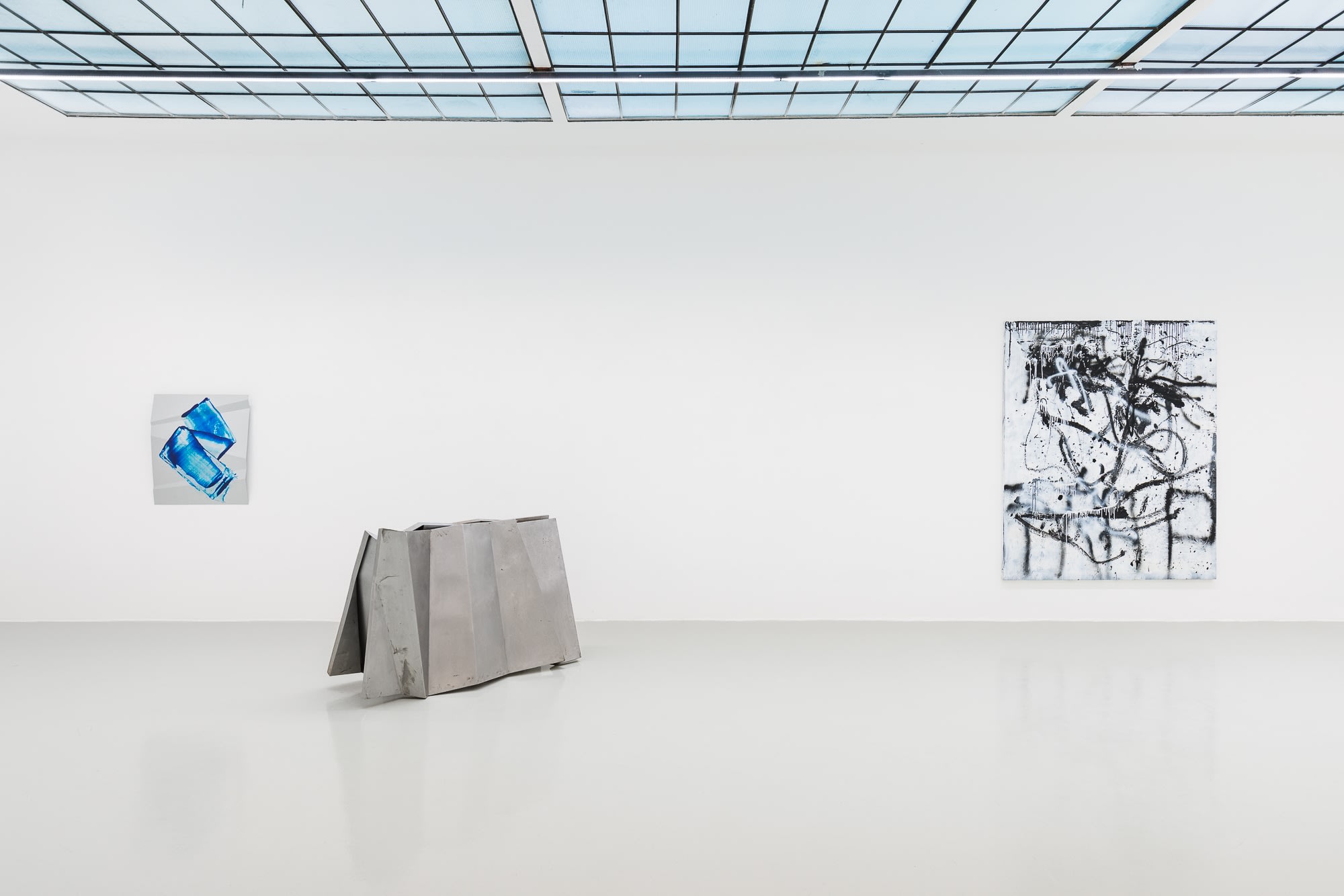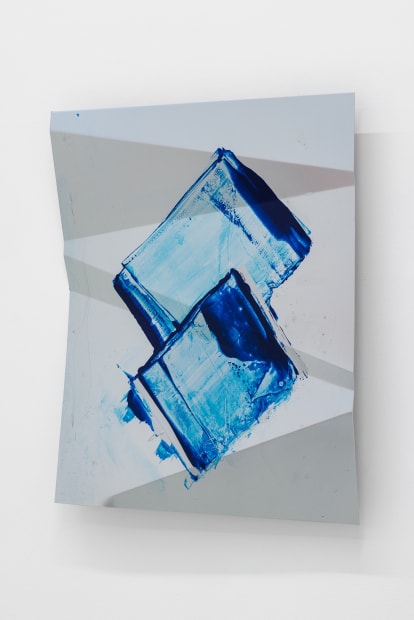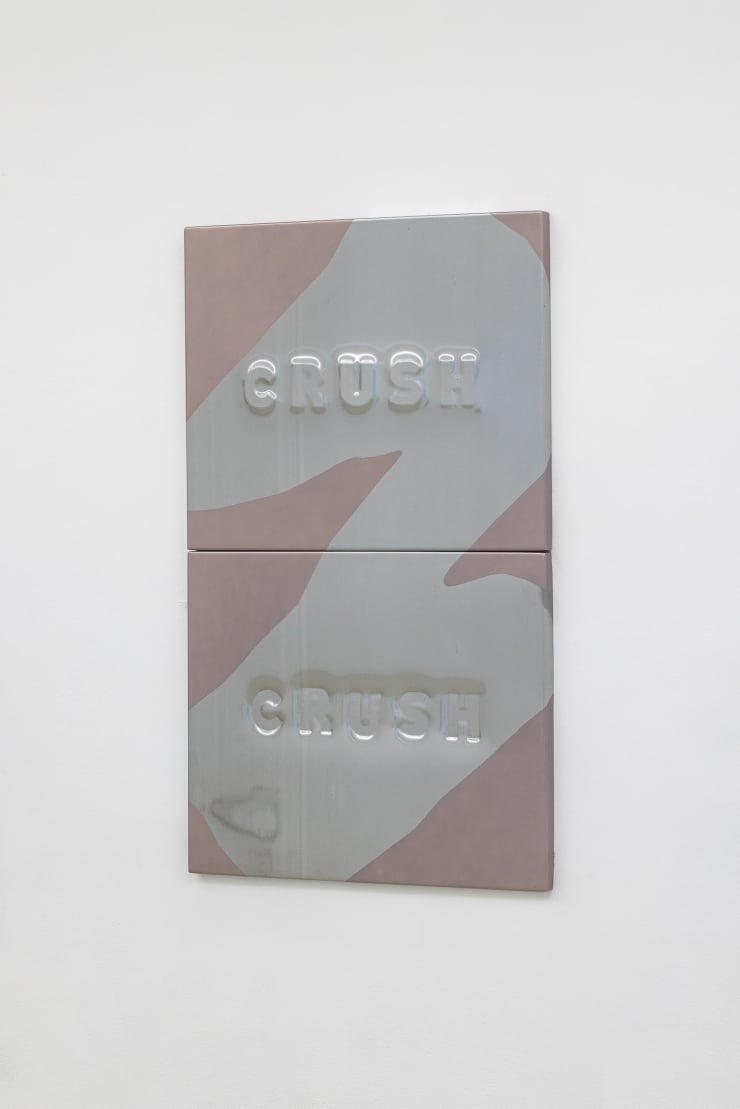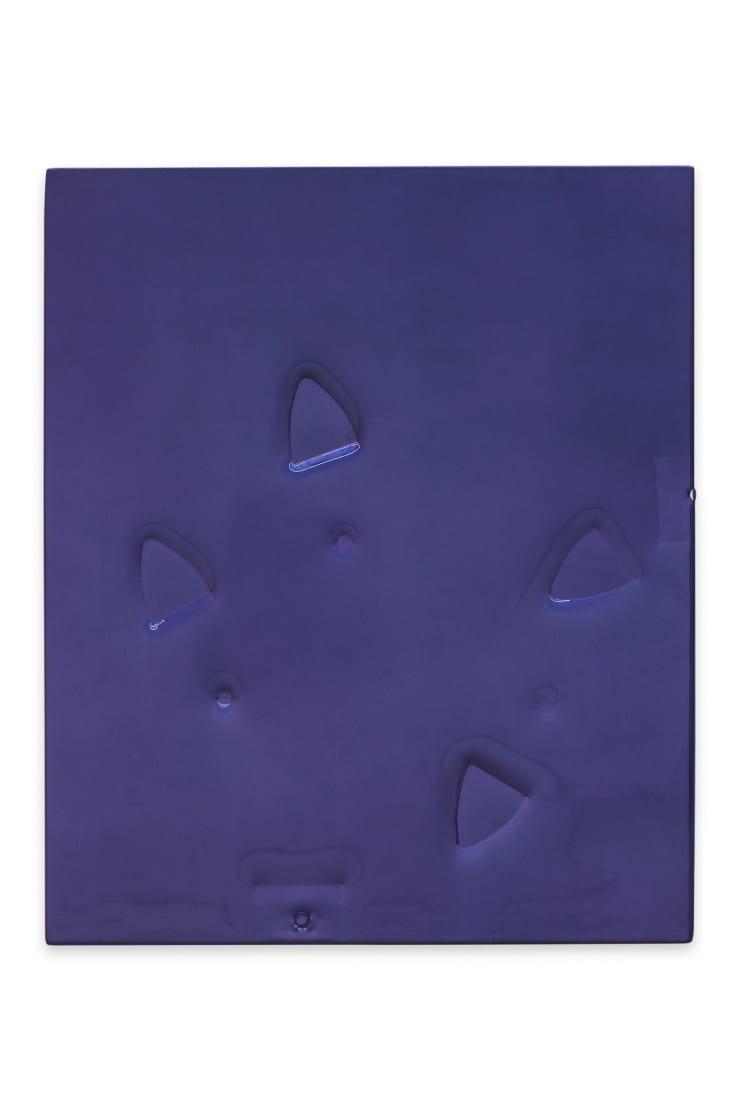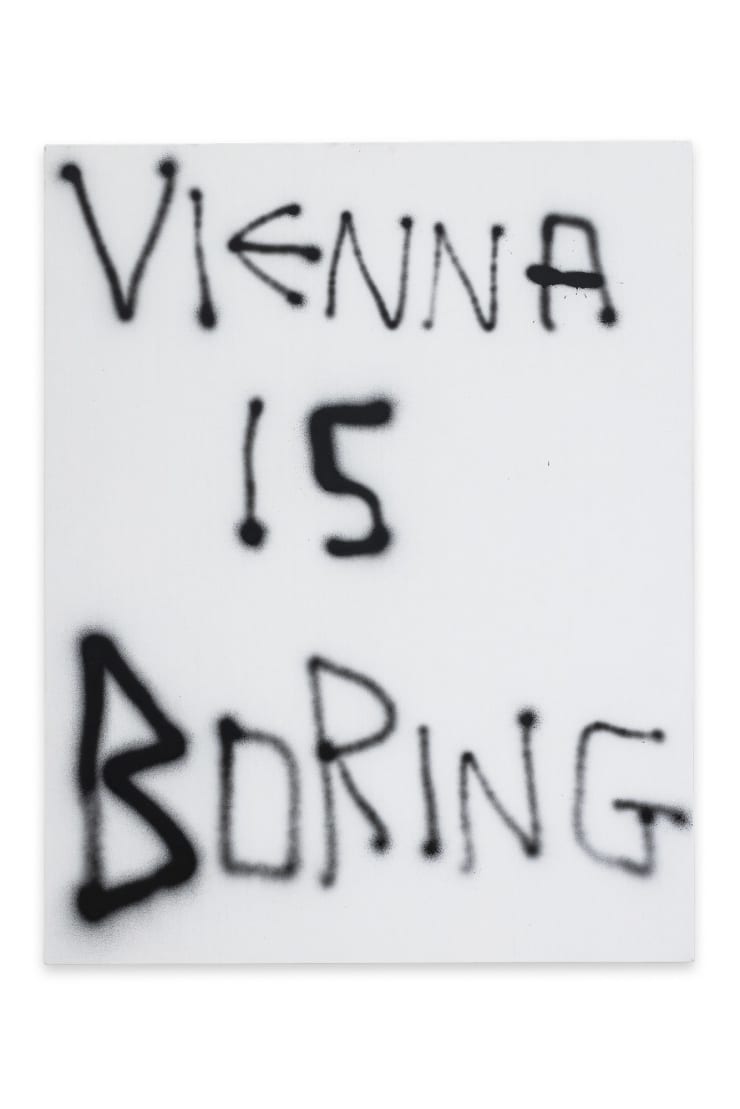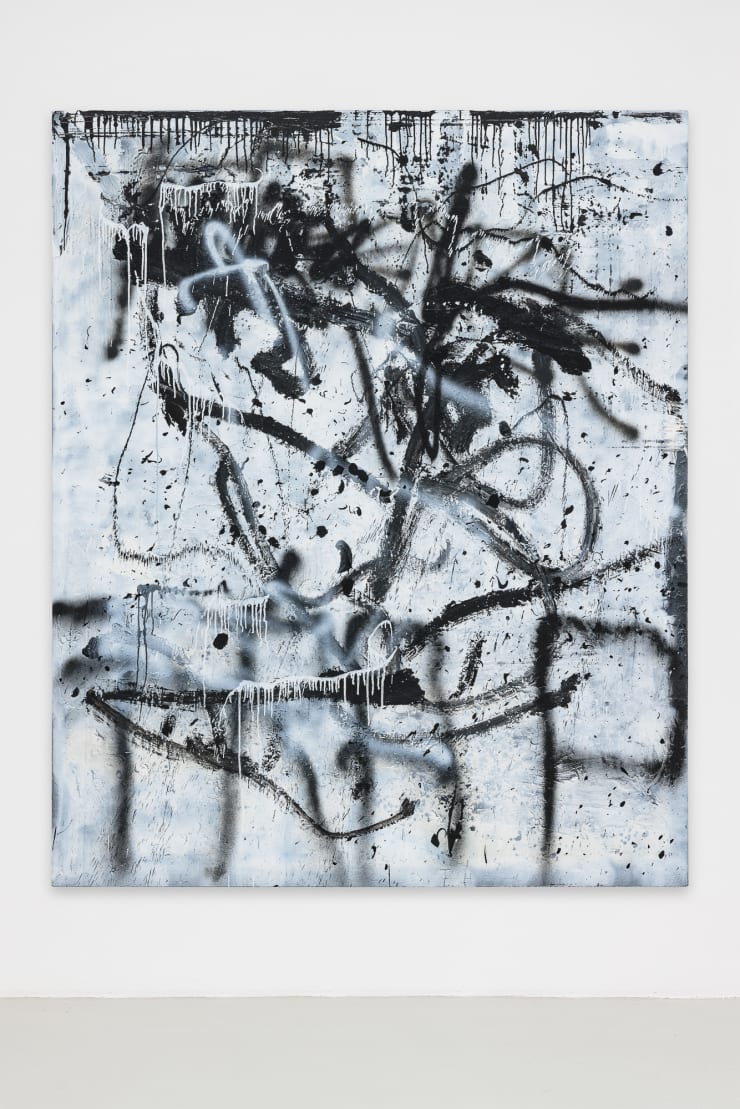-
Richie Culver & Hannah Perry
Body Shop -
A Vauxhall Corsa on the M62, somewhere between Chester and HullOn the work of Richie Culver and Hannah Perry by Adam CarrPrior to being invited to write this text, I had often considered the mutual and partnered tendencies of Richie Culver and Hannah Perry’s work, not least for their time spent in my hometown of Chester – Perry was born in the city and Culver had spent time there while living with his sister.It is hardly news that artists who work in a particular region or location share interests and that these imprints have been made known in the shape of conceptual and formal similarities, or at least via attitudes to working. Artists’ whereabouts and the location driven context that forms a practice have, of course, spawned many isms and moments in art history and can come to characterise and be emblematic of a particular way of working. Although it might be a place of inspiration, Chester is not, however, a capital city and in this way shares a different history therefore with artistic characteristics aligned with, for example, London, Paris, New York, or Los Angeles, and so on. Yet surprisingly for its relatively small size and its sheer lack of contemporary art presentation – there is no known art institution – Chester has delivered several contemporary artists known internationally, Ryan Gander, Jesse Wine, and Richard Woods among them. While both artists had spent time in the city, Culver’s upbringing in Hull is equally pertinent to the overlaps that occur between the two artist’s work. Although regionalism could be seen as acknowledgment in both artists’ works, it is rather a reactionary push against normative codes of social, political and other systems that characterise a way of behaving that could be considered in many ways as a meeting point for their practices.
-
 Installation View, Richie Culver & Hannah Perry, Body Shop, 2023
Installation View, Richie Culver & Hannah Perry, Body Shop, 2023 -
 Hannah PerryOn the Bonnet (two), 2023Aluminium, autobody wrap, acrylic paint95 x 80 x 15 cm; 37 3/8 x 31 1/2 x 5 7/8 in
Hannah PerryOn the Bonnet (two), 2023Aluminium, autobody wrap, acrylic paint95 x 80 x 15 cm; 37 3/8 x 31 1/2 x 5 7/8 in -
-
 Richie CulverI stole your style it's mine now end of story, 2023Oil on lacquer on canvas100 x 80 cm, 39 3/8 x 31 1/2 in
Richie CulverI stole your style it's mine now end of story, 2023Oil on lacquer on canvas100 x 80 cm, 39 3/8 x 31 1/2 in -
-
Perry’s and Culver’s practices express sorrow, grief, and loss, but with those more optimistic ideals such as love, communication, and world building. With the origins of their practices set up apart by just a few miles one wonders if there was something in the waters that was the cause for the overlapping type of emotional conceptualism that underpins their work. Considering such set of concerns at stake in both artists’ work, it would not be farfetched to read them through the lens of Romanticism and its much-associated history with the Pre-Raphaelites era. Equally at home could be the recent press of issues of wellbeing, and to the effect of the often-unsolicited barrage of information in the social media age, beginning to be unravelled in contemporary production and inferred in the work of Carolyn Lazard, SoiL Thornton, or Martine Syms.However, Perry’s and Culver’s works are a type of collective but personally endured history that makes it feel as though any associative art historical precedents are a temporary domain rather than a permanent fixture. Although perhaps not possibly without their lived history and particular set of circumstances, their work is performed both in the present and of the present and comes to wrestle with notions of identity, self, and expectations that we all, in various ways, must come to endure.
Richie Culver (b.1979, Hull, UK) currently lives and works between London, UK and Porto, Portugal. Culver has recently finished the MA Painting program at The Royal College of Art, London.
Born in Hull in the North of England, Culver left school with no qualifications to work in a factory making caravans. His practice encompasses diverse elements that range from painting, sculpture and photography to digital performance. Within this, Culver’s work is largely biographical wrestling with aspects of contemporary masculinity, the class system and the digital lens through which we live our lives.
Hannah Perry (b.1984, Chester, England) lives and works in London. Perry received her BA in Fine Arts from Goldsmiths College, University of London and her MA from The Royal Academy of Art, London.
Hannah is a British artist working mainly in installation, sculpture, print and video. Continuously generating and manipulating materials (footage, sound clips, images and objects) Perry develops a sprawling network of references, carefully exploring personal memory in today’s hyper- technological society whilst bending back the systems of representation via hyperactive distribution. Perry is guided by music or speech, repetition, focalisation and deceleration, revealing the strength of our personal investment in images of the illusory (youth, power, sex, taste, lifestyle) as well as the prescriptive nature of these desires.
Richie Culver & Hannah Perry : Body Shop
Past viewing_room
